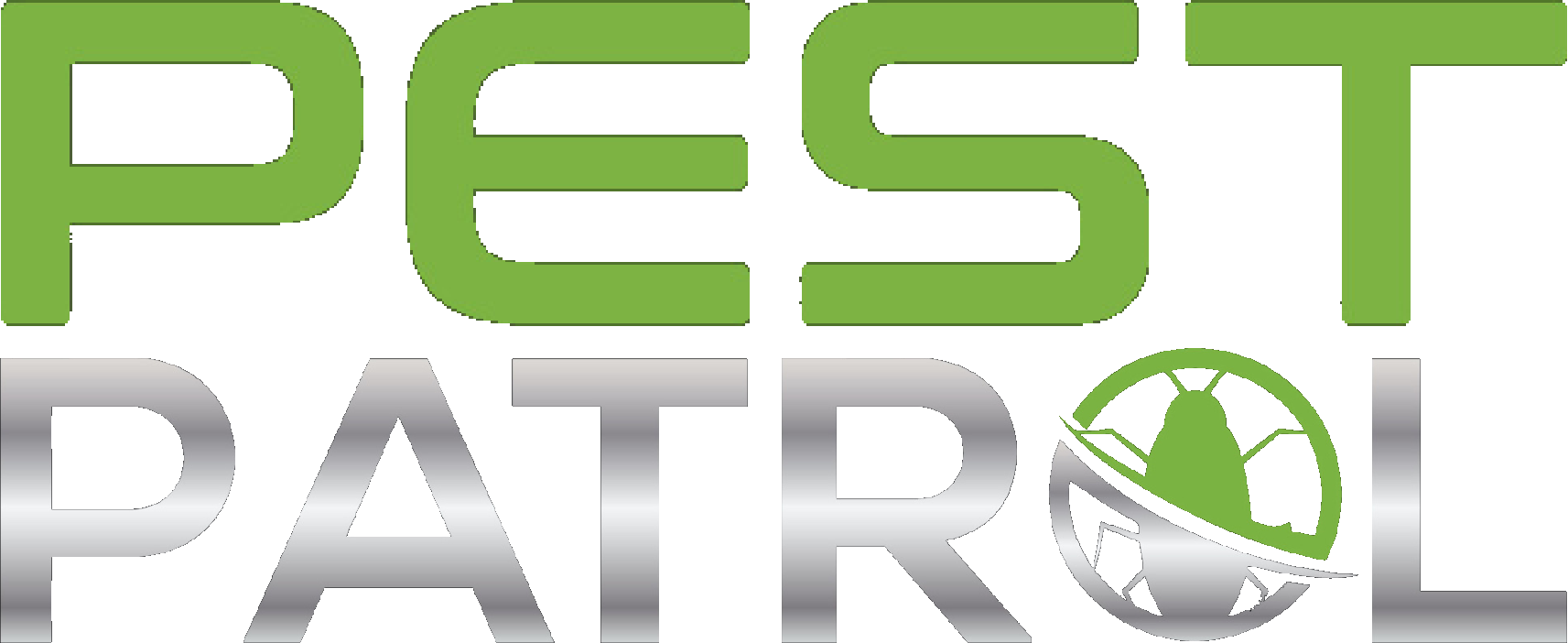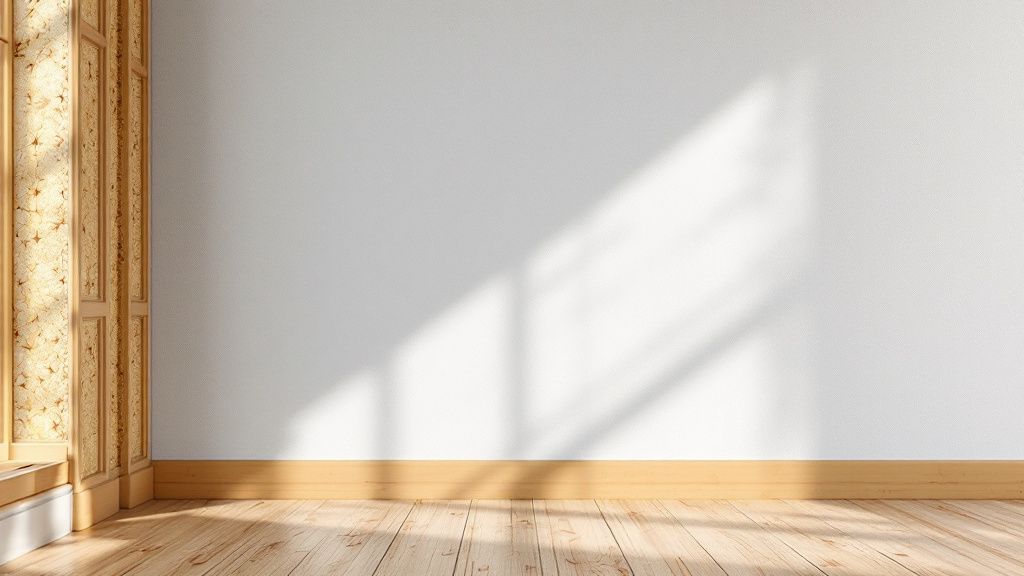In your search for proper insulation materials, pest resistant insulation offers a compelling advantage, uniquely crafted to prevent pest infestations. As you consider insulation for pest prevention, understanding its benefits becomes crucial. Pest resistant insulation acts as a dual-purpose solution, ensuring warmth while offering a barrier against rodents and insects. Its composition often involves pest repellents embedded in insulation, serving you effectively in pest control insulation efforts. Choosing the best insulation for pest control offers peace of mind, reducing your need for frequent pest intervention. Delving into various types of pest resistant insulation, you notice materials like pest resistant foam insulation stand out by dodging pest interest altogether. Consequently, adopting insulation designed for pest management isn’t merely about keeping your space temperate; it means embracing a cleaner, healthier environment free from unwelcome critters. From enhancing your home’s comfort to ensuring longevity, the benefits of investing in such insulation remain significant.
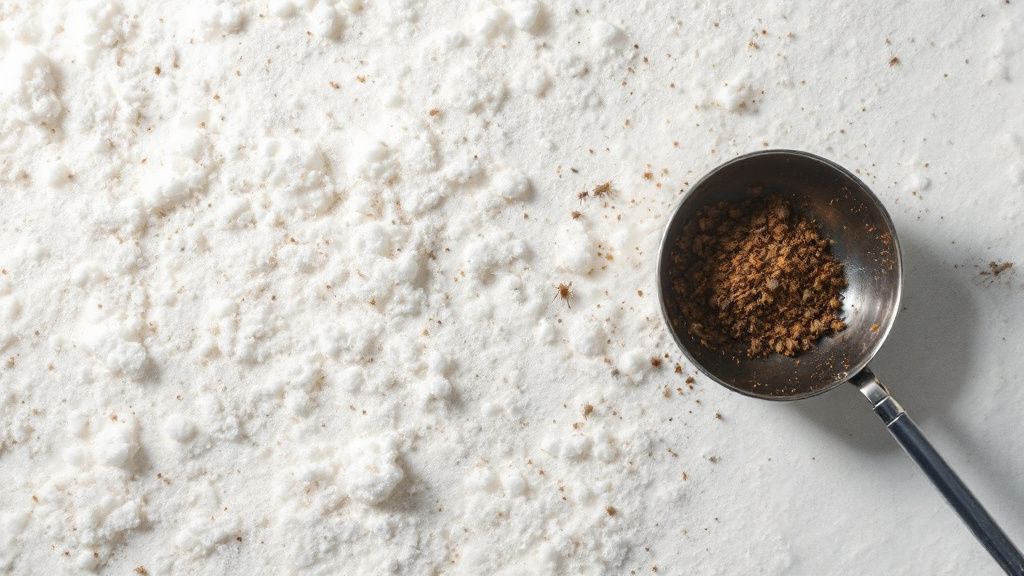
Understanding Pest Resistant Insulation
Pest resistant insulation forms a crucial part of modern insulation materials aimed at enhancing both comfort and safety within homes. When you explore pest control insulation options, you discover that these solutions not only fulfill thermal needs but also act as an effective deterrent against pesky intruders like rodents and insects. With various types of pest resistant insulation available, you have the flexibility to choose according to your specific pest concerns and insulation requirements.
Opting for the best insulation for pest control allows you to strike a balance between functionality and protection. Among these, pest resistant foam insulation is gaining popularity due to its dense structure, making it unattractive for pest habitation. This type of insulation not only prevents pest intrusions but also minimizes the need for repeated pest management efforts, thus offering long-term value.
When you consider how to install pest resistant insulation, the process remains straightforward yet requires a methodical approach to ensure optimal coverage. Proper installation is vital as it maximizes the pest resistant insulation benefits, ensuring your living spaces remain untouched by pests while maintaining comfortable temperatures year-round.
A bold prediction suggests that in the next few years, pest resistant insulation is likely to become a standard feature in home construction, driven by growing awareness of its dual benefits in enhancing energy efficiency and maintaining pest-free environments. As more homeowners recognize these advantages, the demand for advanced insulation solutions is poised to increase significantly.
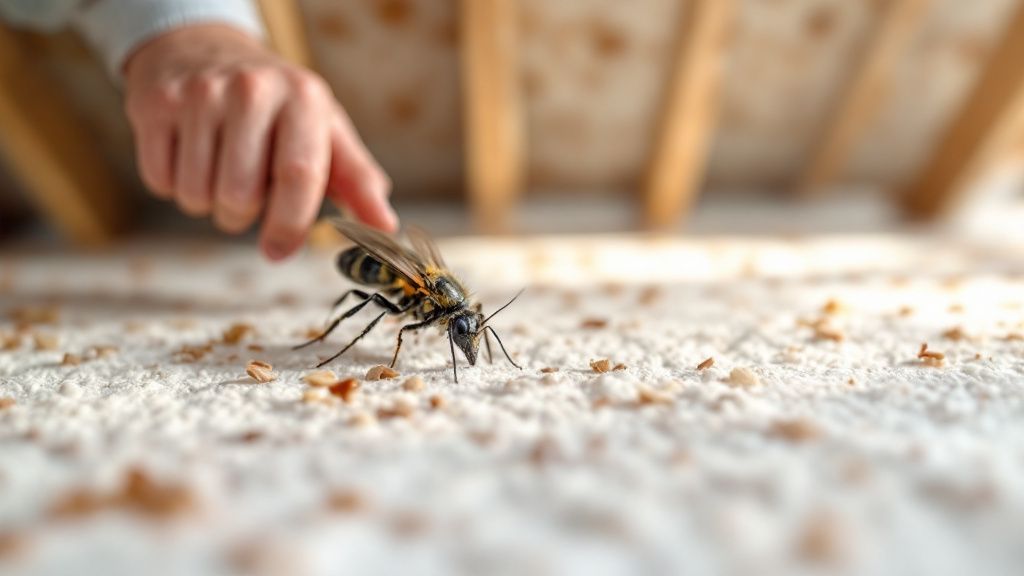
Why Homeowners Should Consider It
Embracing pest resistant insulation presents numerous advantages for homeowners seeking to enhance household safety and comfort. Choosing such insulation materials means you prioritize a dual function: maintaining warmth and guarding against unwanted pests. By investing in pest resistant insulation, your home benefits from fewer pest problems, reducing the need for pest control measures and resulting in long-term cost savings.
The best insulation for pest control provides a clear pathway towards a more sustainable home environment. With options like pest resistant foam insulation, these systems prove that practicality and protection can go hand in hand. Such insulation types effectively deter pests without the need for harmful chemicals, aligning with eco-friendly living standards sought by many modern homeowners.
On one hand, some homeowners see pest resistant insulation as a proactive investment in home care, ensuring peace of mind and a healthier home. On the other, skeptics might argue that these solutions are unnecessary in pest-free areas. However, even in low-risk settings, the insulation serves as a preventative measure, delivering consistent benefits through enhanced efficiency and reduced pest risks.
Understanding how to install pest resistant insulation becomes critical for maximizing its potential. Proper installation amplifies insulation for pest prevention, guaranteeing your efforts translate into tangible results. By considering these factors, the decision to opt for pest resistant insulation aligns seamlessly with long-term home improvement goals.
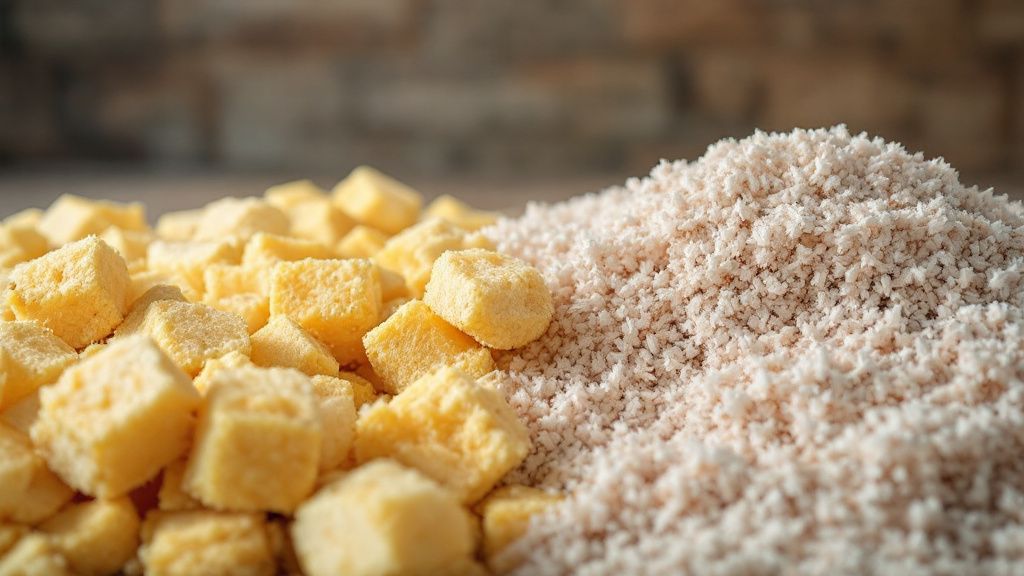
Comparing Traditional vs Pest Resistant Insulation
In the realm of insulation materials, understanding the dynamics between traditional and pest resistant insulation becomes crucial for informed decision-making. Traditional insulation, while widely used, often lacks the inherent measures needed for pest prevention. This leaves your home vulnerable to rodents and insects, which can degrade insulation effectiveness over time. Among the prominent challenges faced with traditional insulation is pest intrusion, compromising both structural integrity and indoor air quality. This issue can be addressed through pest resistant insulation, integrating pest-repelling agents directly into its composition, offering an enhanced protective layer for your home.
Pest resistant insulation provides a compelling solution, particularly with options like pest resistant foam insulation. As the best insulation for pest control, it offers an added layer of security without sacrificing effectiveness. Moreover, when you learn how to install pest resistant insulation, you realize its benefits extend beyond pest deterrence. It frequently results in better thermal performance and higher energy efficiency, leading to reduced utility costs. By comparing the two, homeowners can assess their needs more accurately, favoring a comprehensive approach that caters to both environmental control and pest management. As awareness grows, this balanced perspective continues to shift preferences towards innovative, integrated insulation solutions.
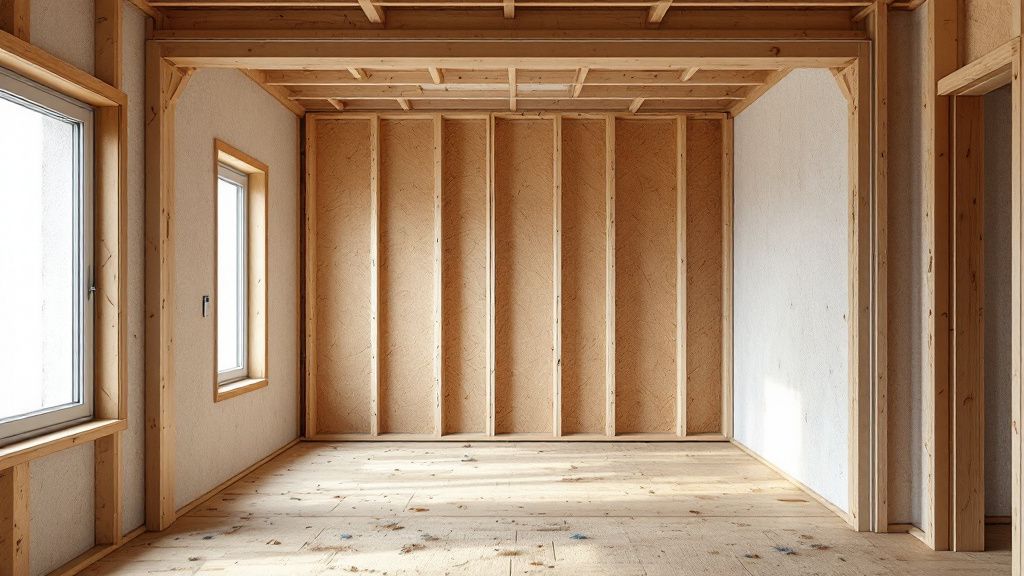
Implementing Pest Resistant Insulation in New Builds
Incorporating pest resistant insulation in newly constructed homes is a strategic move that future-proofs your living space against unwanted intrusions. During the planning phase, selecting suitable insulation materials sets the groundwork for both thermal efficiency and effective pest control. With pest resistant insulation, such as pest resistant foam insulation, you provide your home with an active defense mechanism against pests, ensuring a long-lasting environment free from infestations.
For many, traditional builds might seem adequate, dismissing the need for specialized pest control insulation. However, while many believe that conventional methods suffice, there’s a strong case for integrating pest resistant insulation as it addresses potential pest problems before they arise. Implementing insulation for pest prevention in new builds enhances construction quality, providing a proactive solution that reduces maintenance needs and promotes energy savings.
When you consider how to install pest resistant insulation in a new build, strategizing with construction teams is essential for optimal placement and coverage. By ensuring precise installation, you exploit the pest resistant insulation benefits fully, allowing the structure to stand resilient against both environmental and pest-related challenges. This approach represents a smart investment, delivering sustained comfort and security for future occupants.
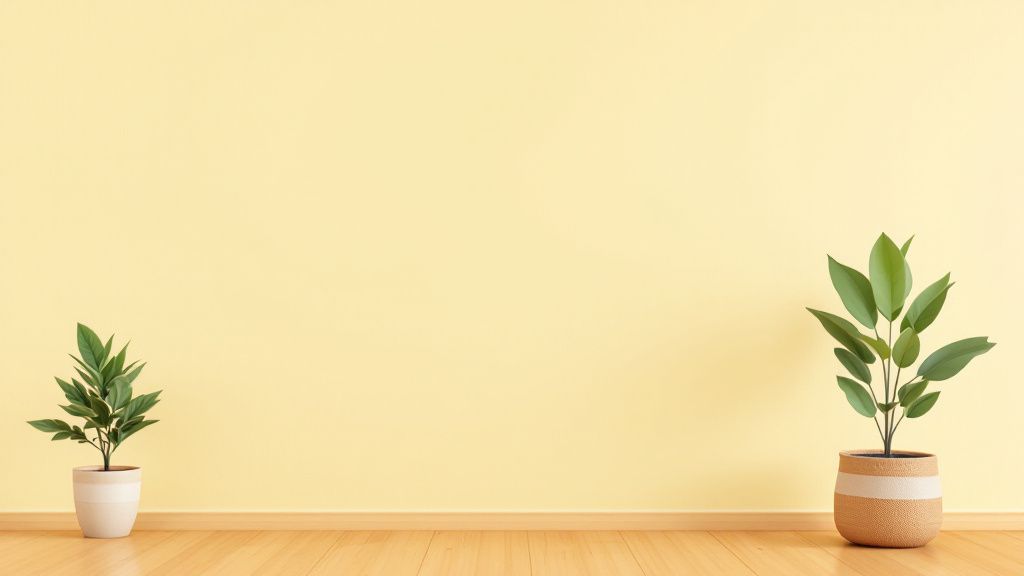
Upgrading Existing Structures
Enhancing existing structures with pest resistant insulation opens a realm of possibilities for improving both comfort and pest management. When upgrading, you might encounter challenges linked to outdated insulation materials, which can be remedied by integrating pest resistant options. This shift not only boosts energy efficiency but also strengthens the defense against infestations, making it an effective step in pest control insulation efforts.
Implementing pest resistant foam insulation in an existing structure provides a substantial upgrade that modernizes your home. Looking at this approach through the lens of sustainable development, we can see that retrofitting with such insulation aligns with ecological goals and long-term cost efficiency. This unique perspective highlights how a simple upgrade can lead to reduced energy consumption and minimized environmental impact.
Understanding how to install pest resistant insulation in existing buildings involves collaborating with skilled professionals who can navigate any structural complexities. By ensuring the installation process is seamless, you capitalize on the insulation’s benefits, enhancing the overall quality and protection of your home. This strategic upgrade offers an immediate transformation that builds long-term resilience against both climatic and pest challenges, ensuring your investment is protected.
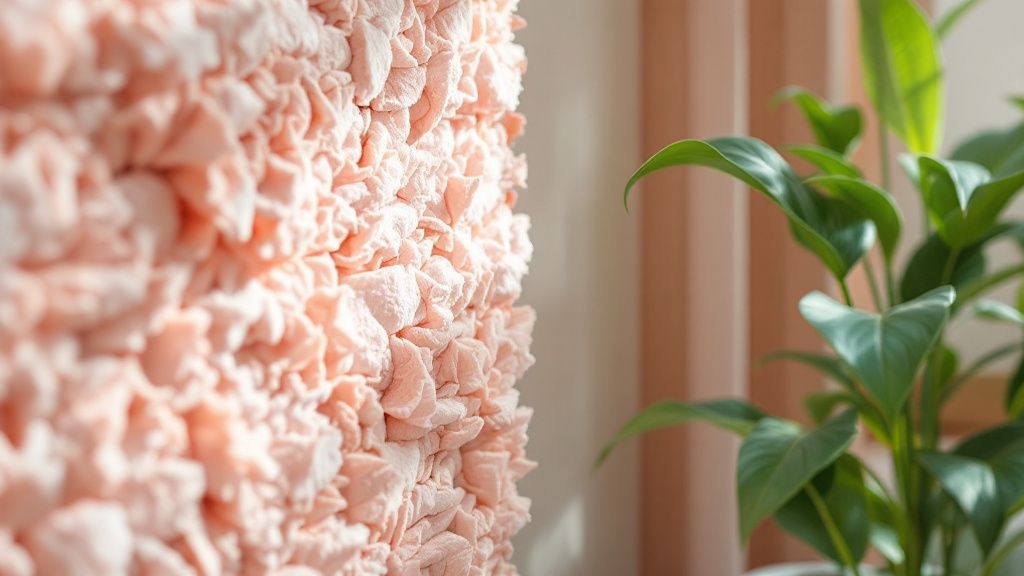
Eco-Friendly Options in Pest Resistant Insulation
Exploring eco-friendly options in pest resistant insulation offers you an opportunity to merge sustainability with practicality. Modern insulation materials prioritize both environmental impact and effectiveness, providing solutions that support a healthier planet. When seeking pest control insulation that minimizes ecological footprints, environmentally conscious materials such as sustainably sourced cellulose or recycled cotton stand out for their low environmental impact while maintaining high efficacy in preventing pests.
Choosing pest resistant insulation with green certifications assures you of responsible sourcing and production. These options often incorporate natural deterrents without relying on harmful chemicals. For example, some pest resistant foam insulation products integrate plant-based compounds that repel pests naturally. This approach not only underlines eco-friendliness but also ensures the safety of your indoor environment, reducing the potential health risks associated with chemical exposure.
The benefits of integrating eco-friendly, pest resistant solutions extend beyond immediate pest prevention. Bolstering your home’s energy efficiency contributes to lower utility costs and reduced carbon emissions. Insulation for pest prevention that is eco-conscious strengthens your commitment to sustainability on multiple fronts, encompassing both pest control and energy conservation.
Learning how to install pest resistant insulation effectively demands attention to material performance and environmental impact. By prioritizing sustainable materials during the installation process, you align your home improvements with larger ecological goals. This decision amplifies the long-term value and integrity of your insulation choice, fostering resilience and sustainability simultaneously. Through these deliberate choices, you advance environmental responsibility without compromising on the insulation’s protective benefits.
